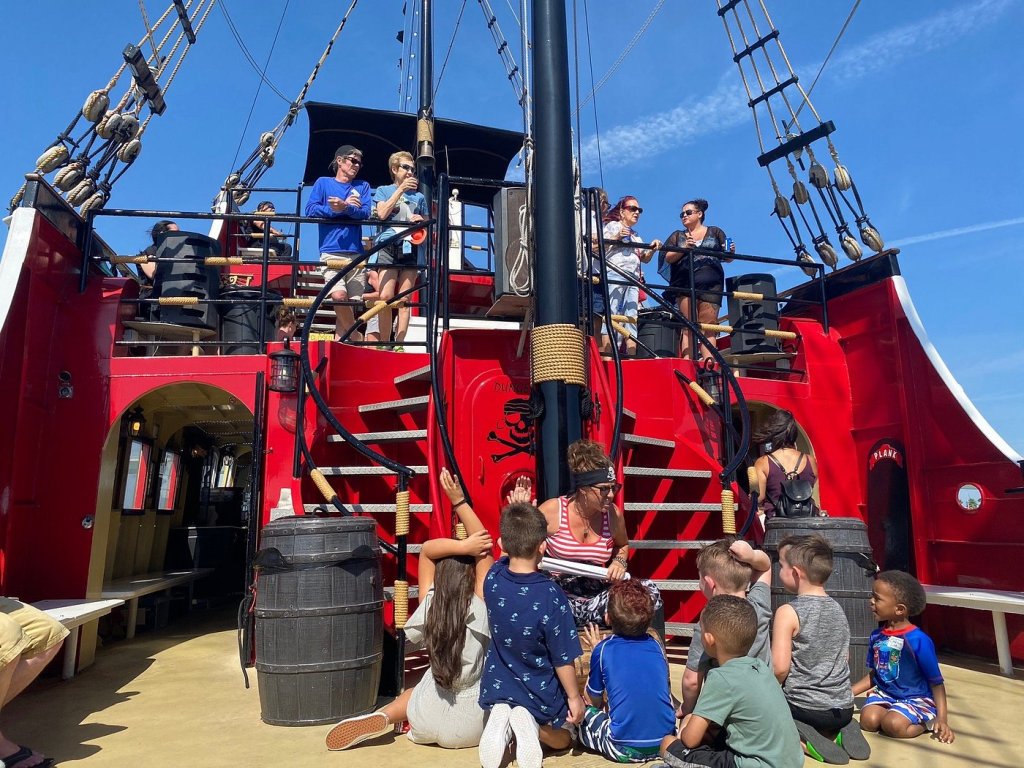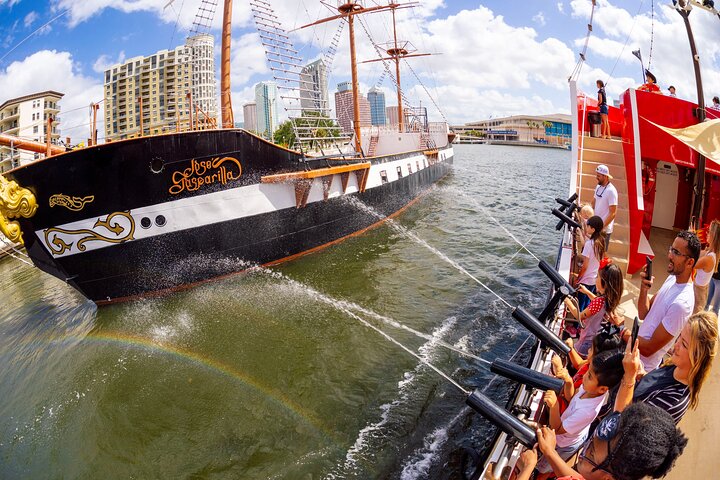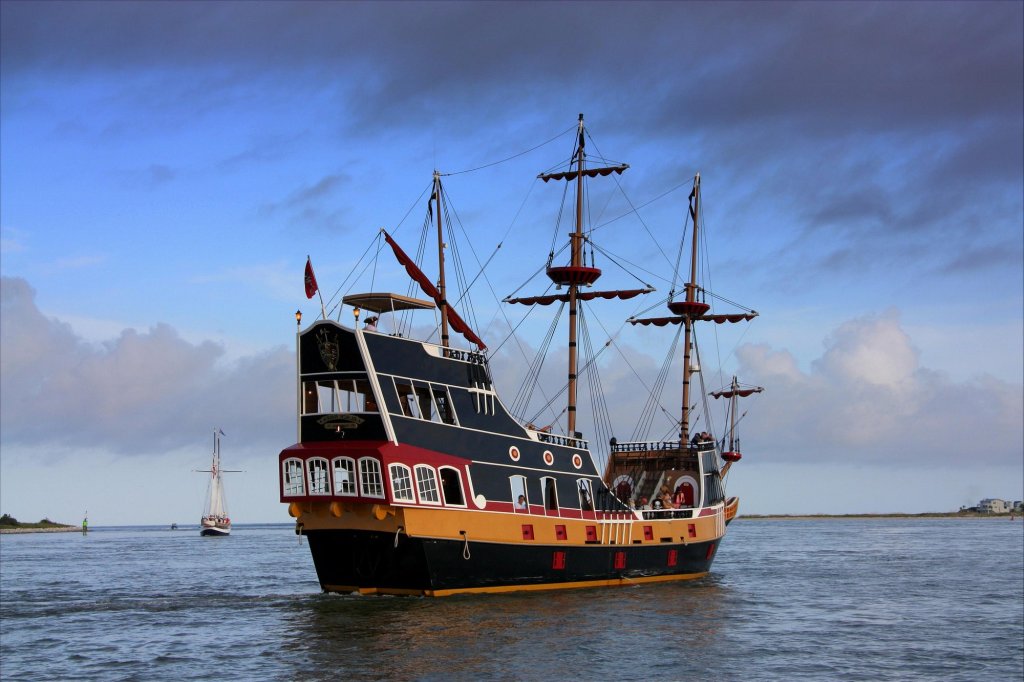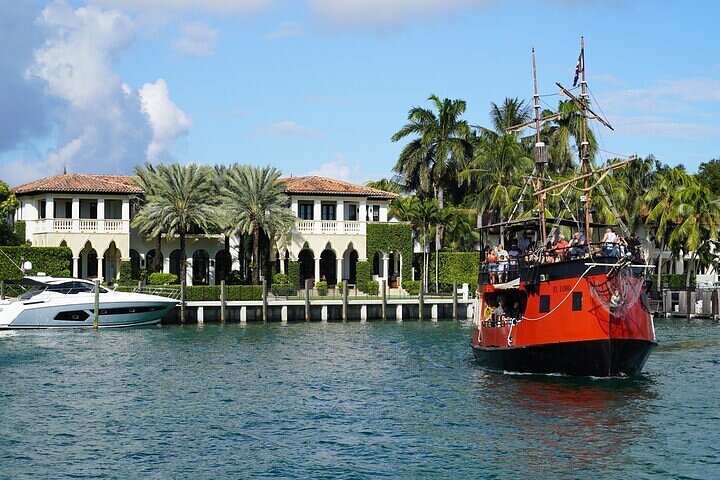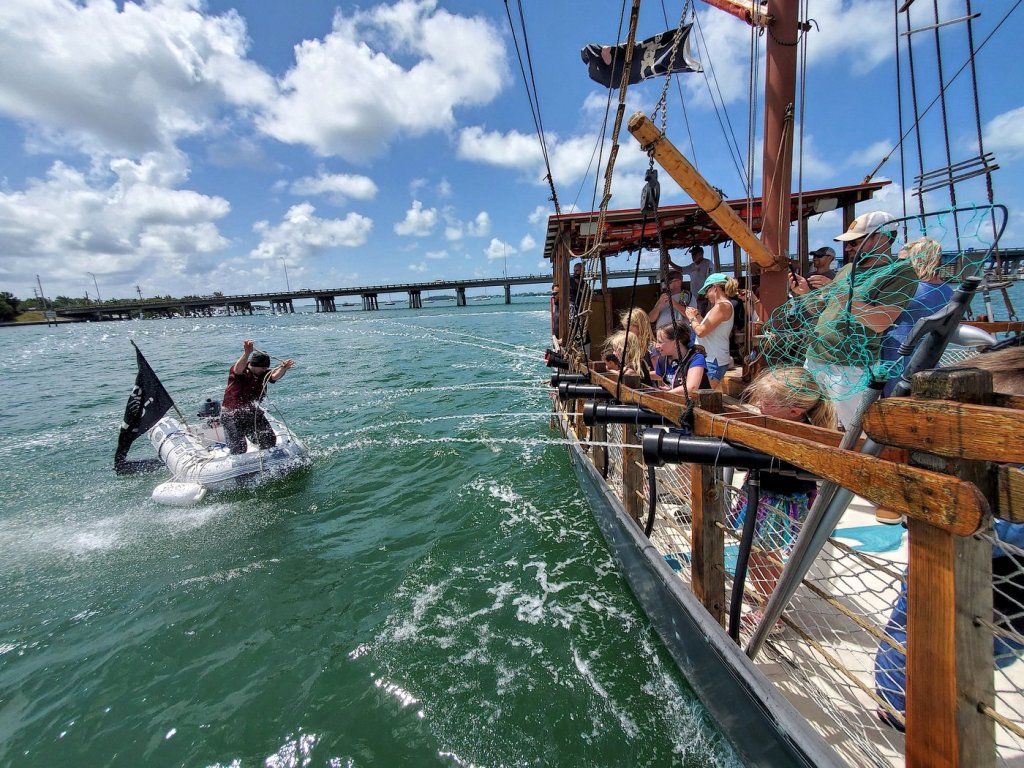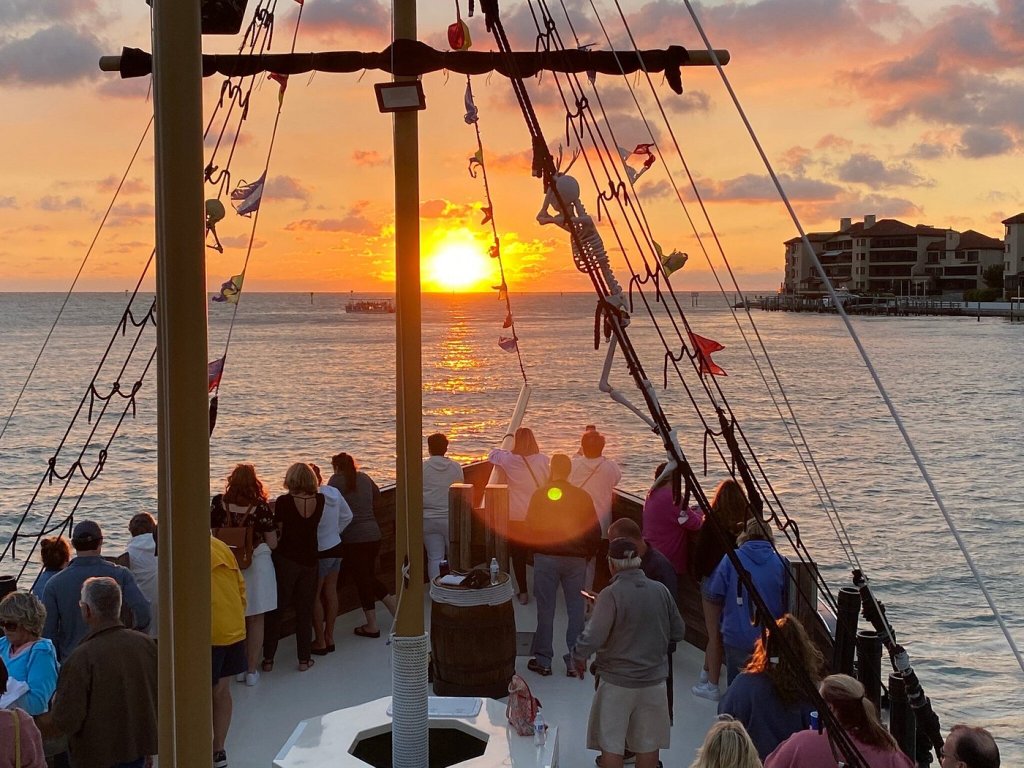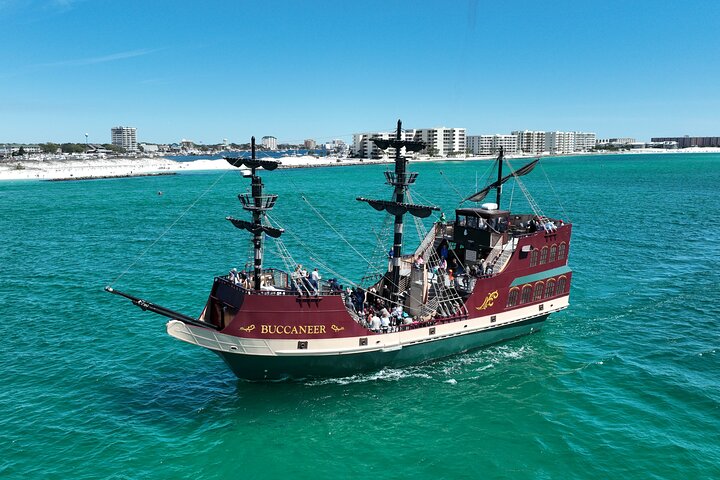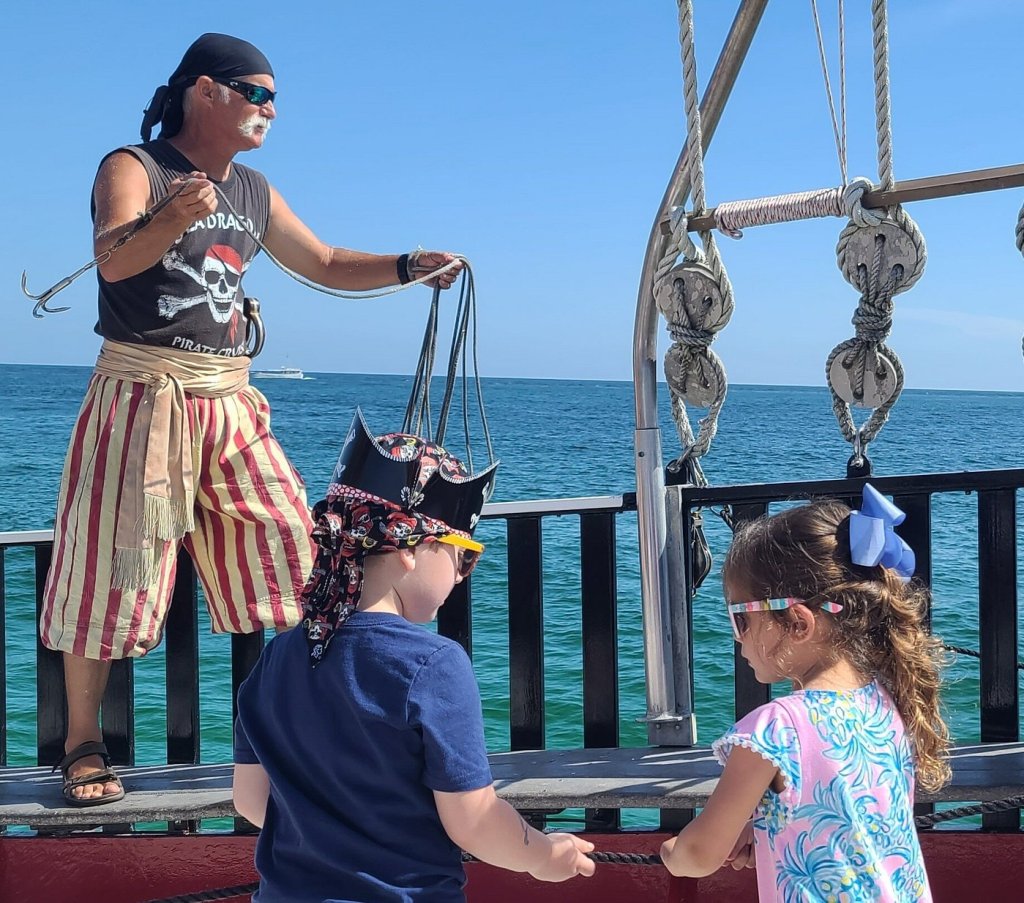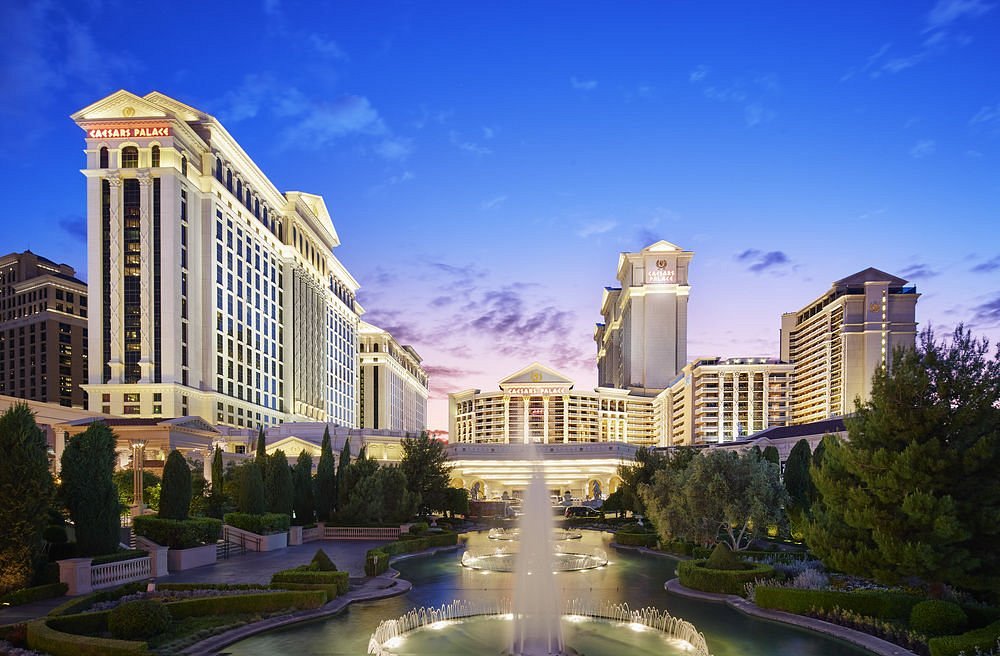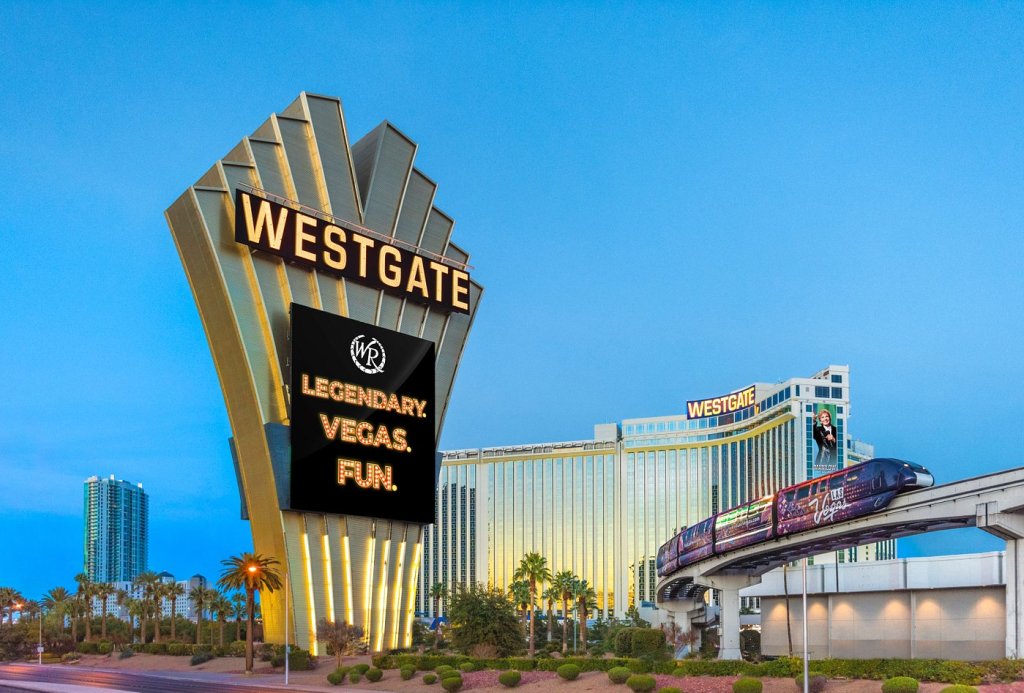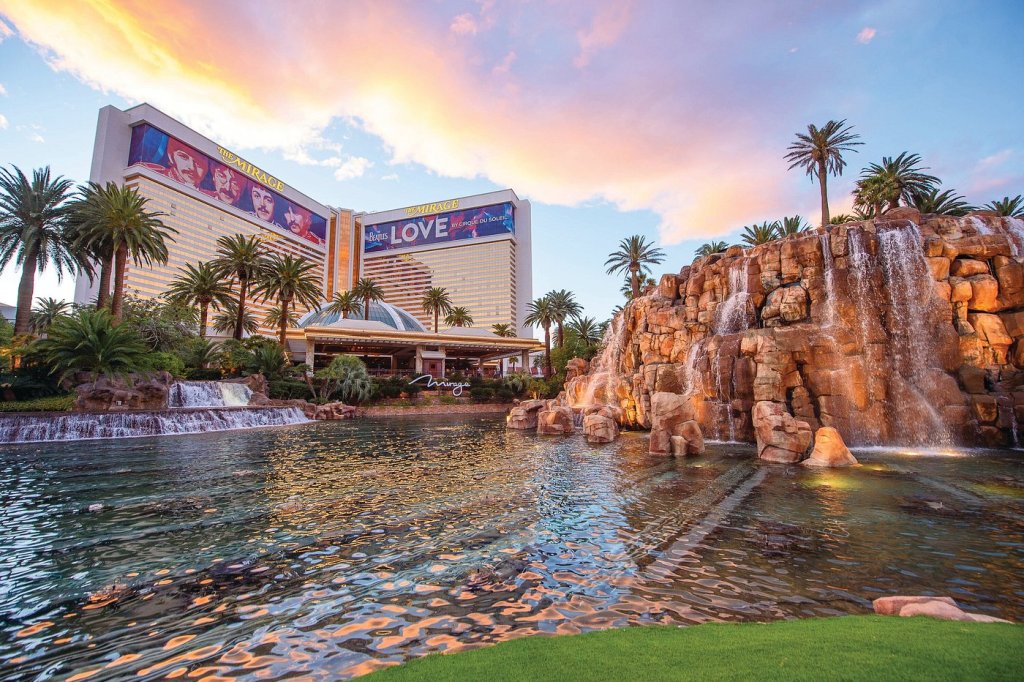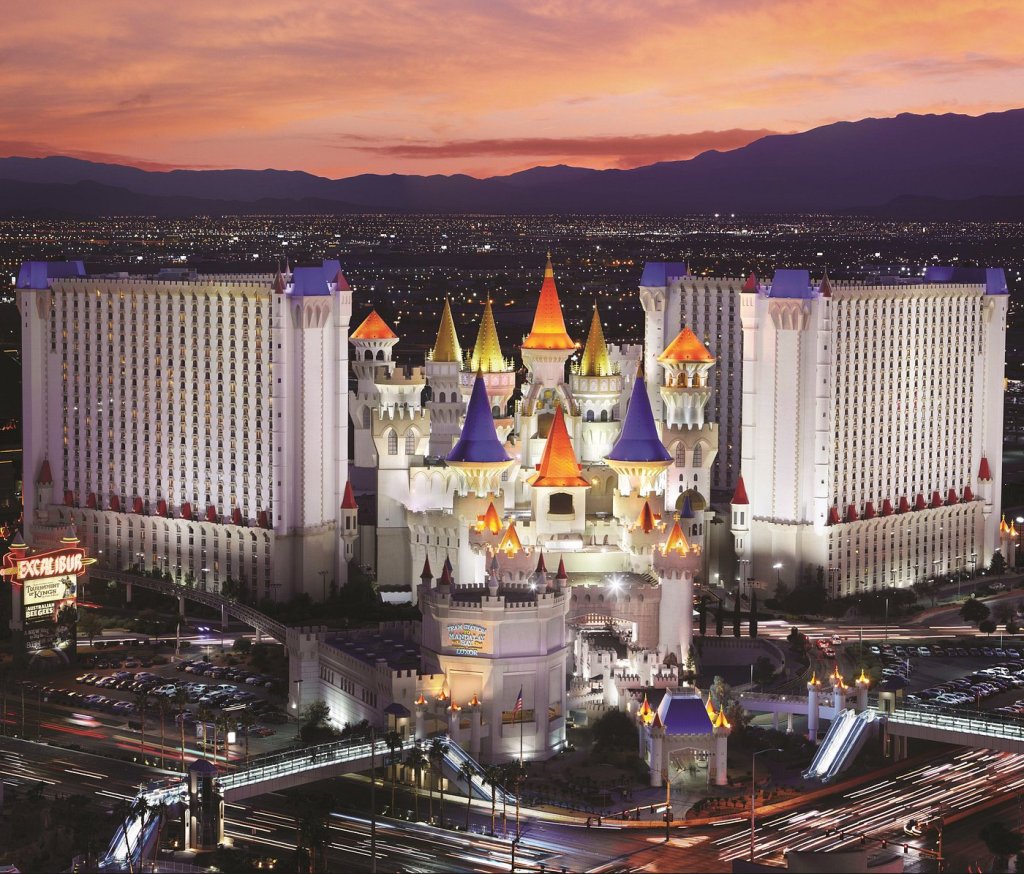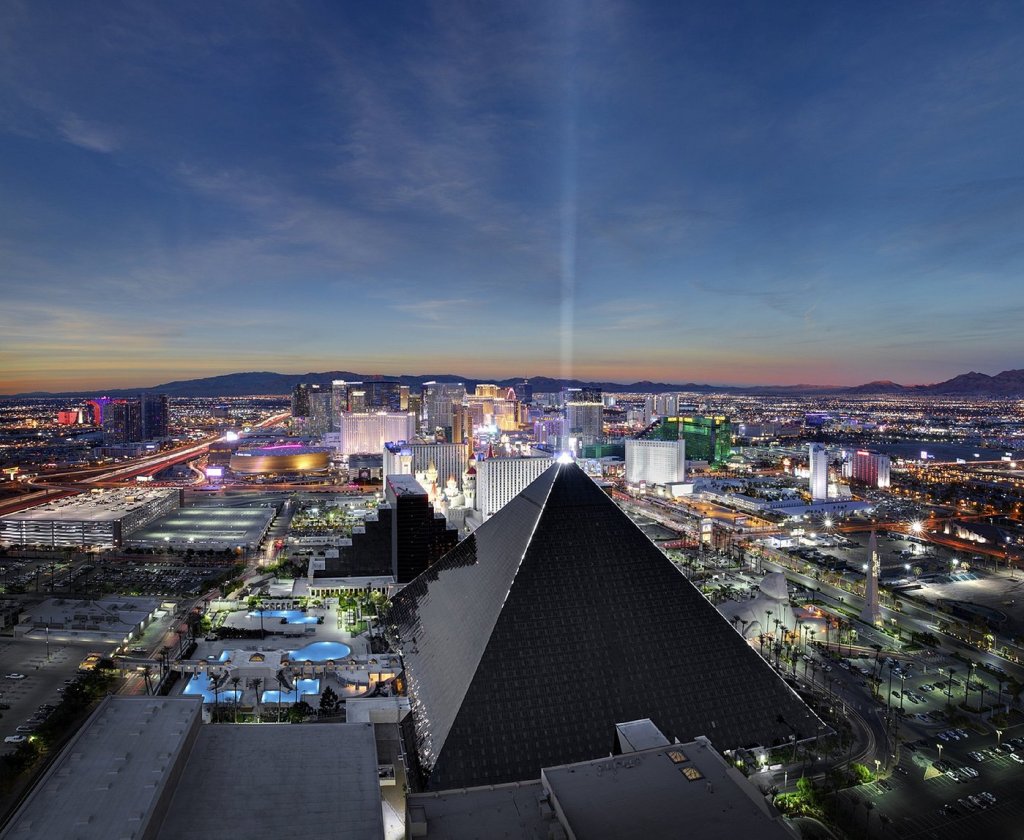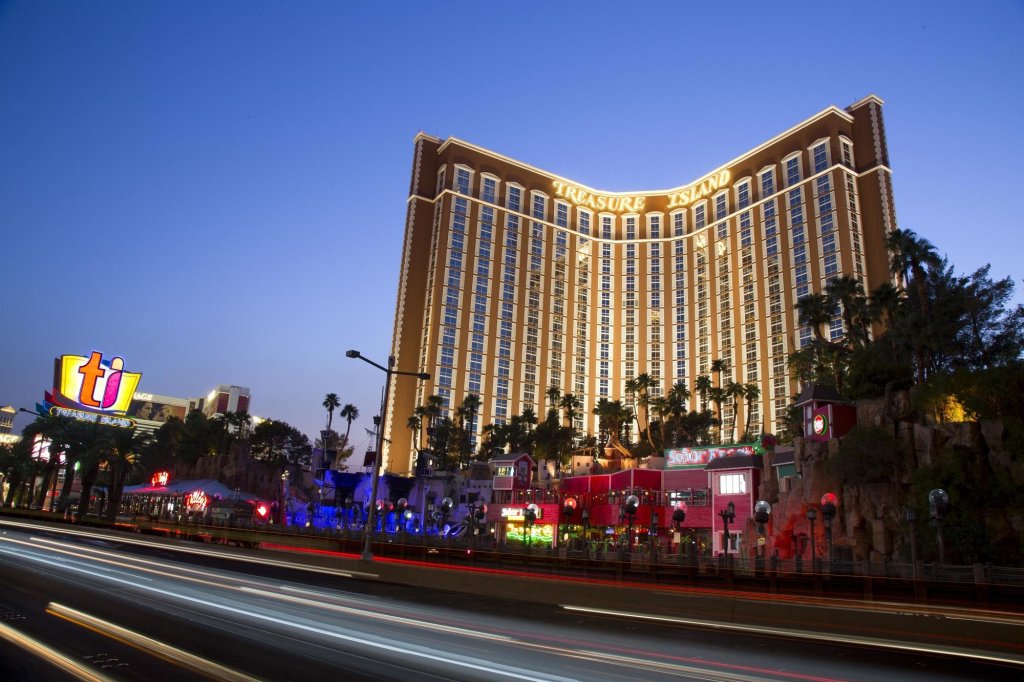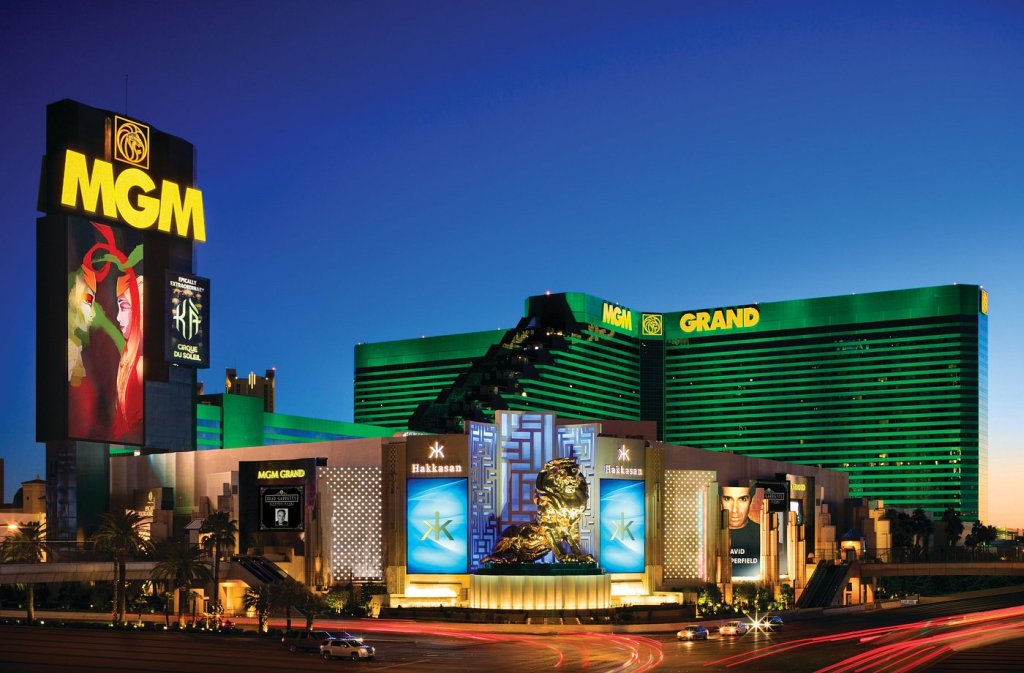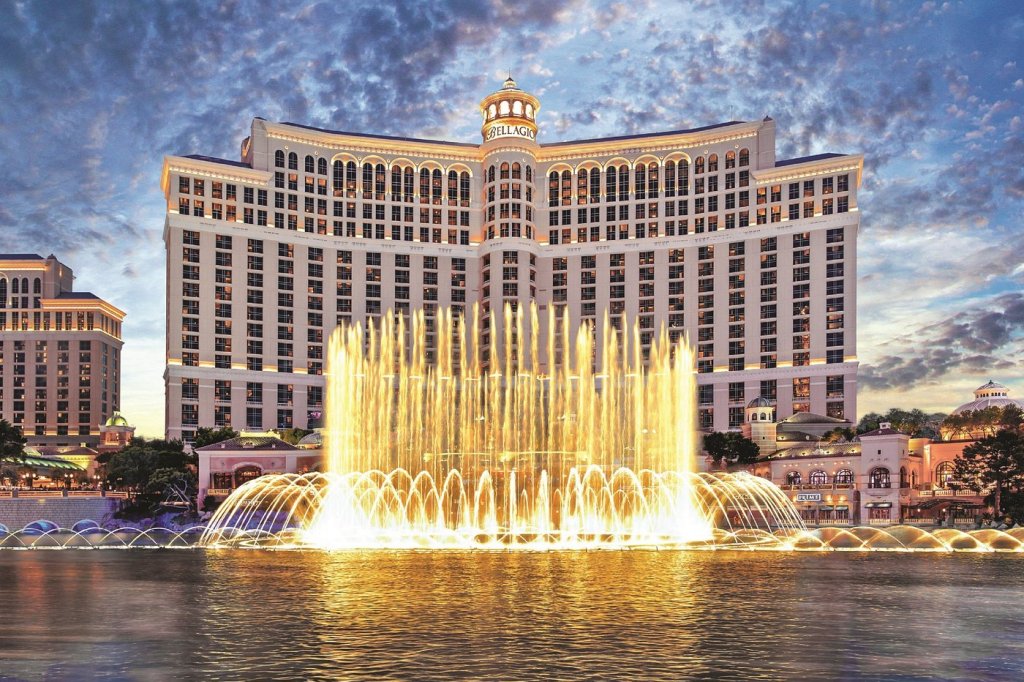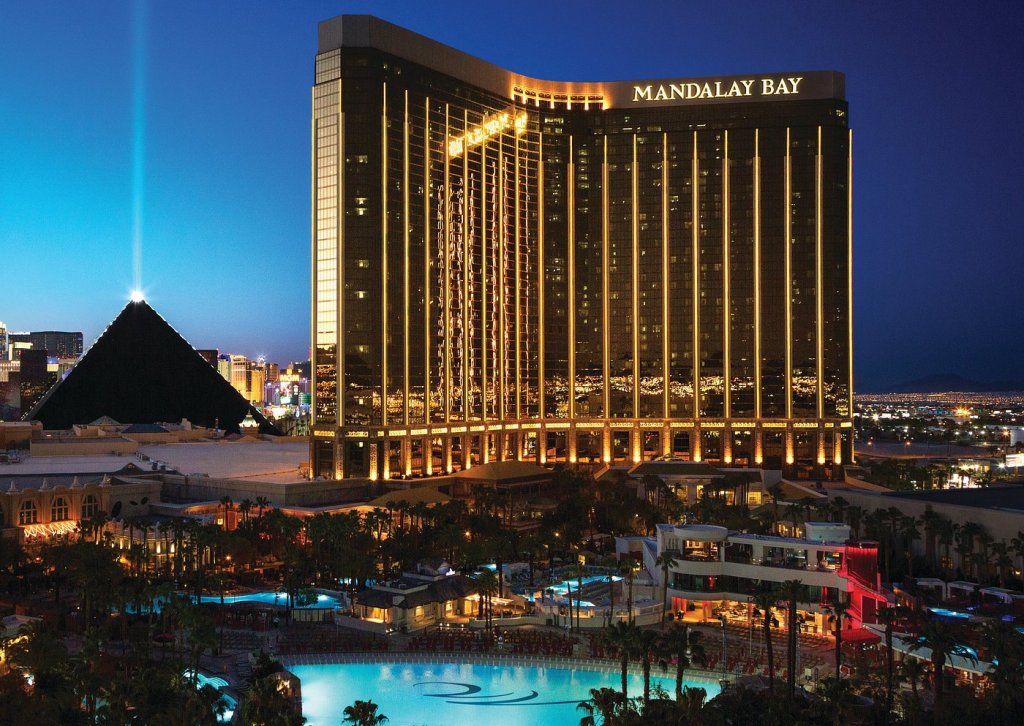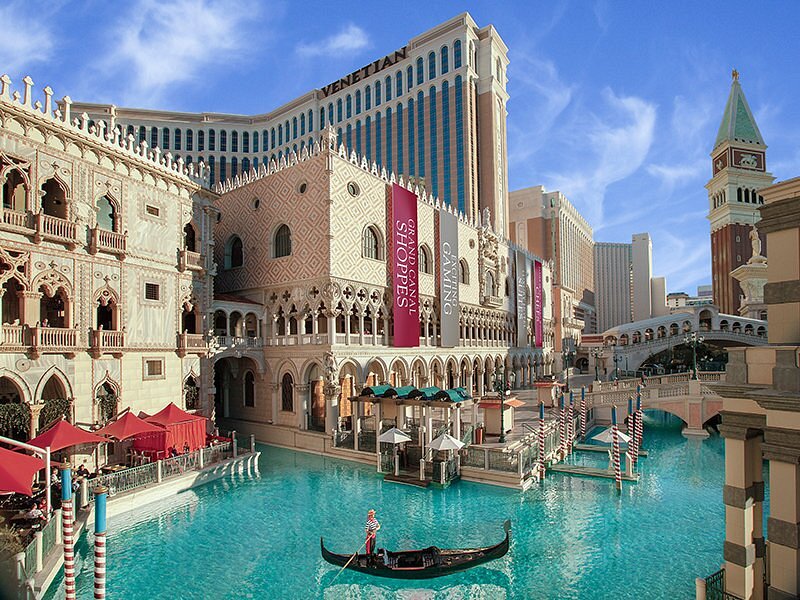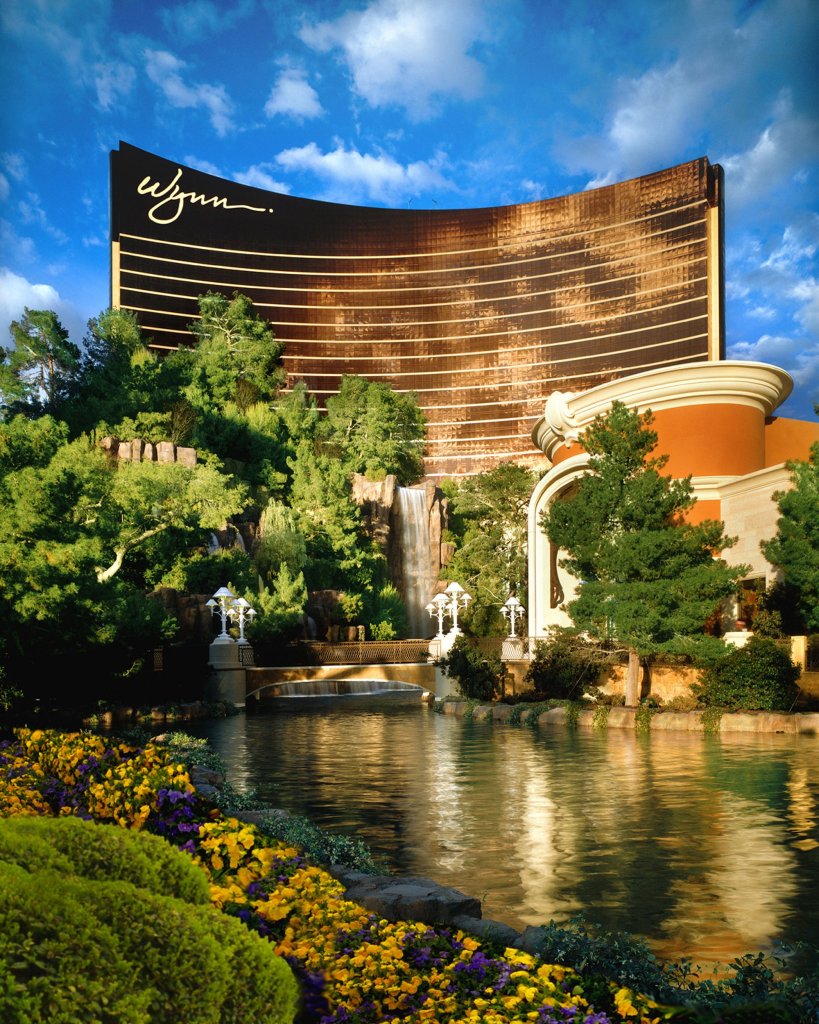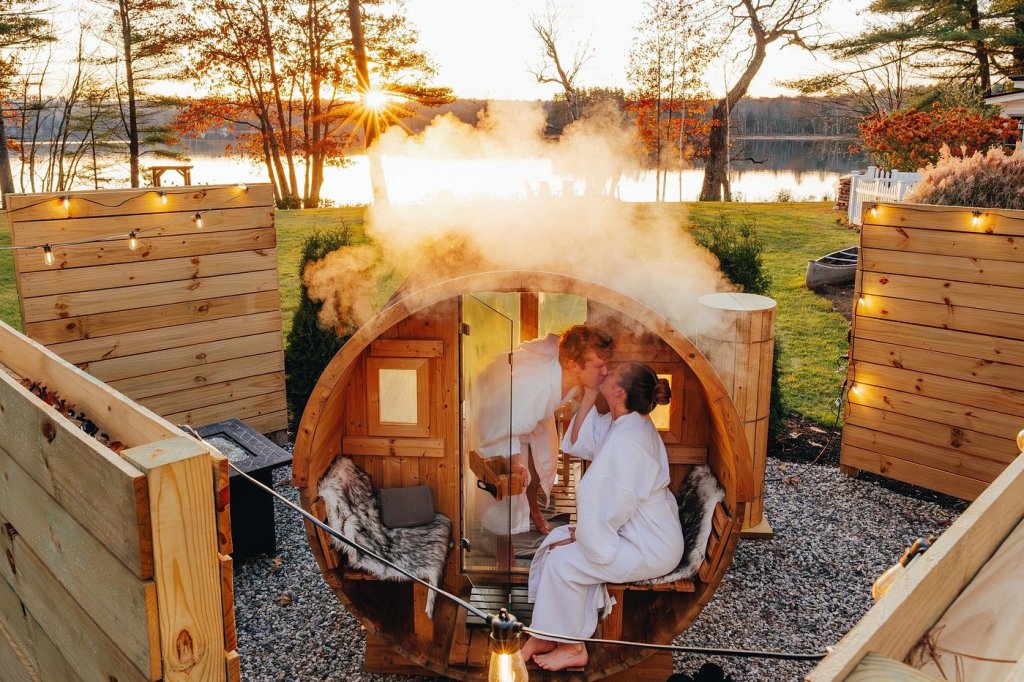Le Louvre, the British Museum, the Uffizi Gallery, the MET—we tend to hear about the same museums over and over again.
And while they’re definitely worth a visit, they hog the limelight. Worse, many travelers might not spare more than one visit to a museum during their trip into town, either due to the crowds or the cost. Some might even assume museums are always dry and boring, and avoid them like the plague.
That last point is fair. Many museums are dry, academic, and sterile.
Or, at least, they used to be.
Museums are undergoing a bit of a revolution in which they’re transforming into more dynamic, experiential, artistic, and creative centers for knowledge and learning. And some of them are works of art in their own right, regardless of whether the museum’s focus is joyful, sobering, or neutral.
Ready to take a closer look at the coolest museums in the world, I guarantee you haven’t heard about? Or, at least, a lot about?
Let’s dig in. I’ve got picks from all the continents, barring Antarctica.
Coolest museums in the world that you never hear about
Museo Anahuacalli (Mexico City, Mexico)
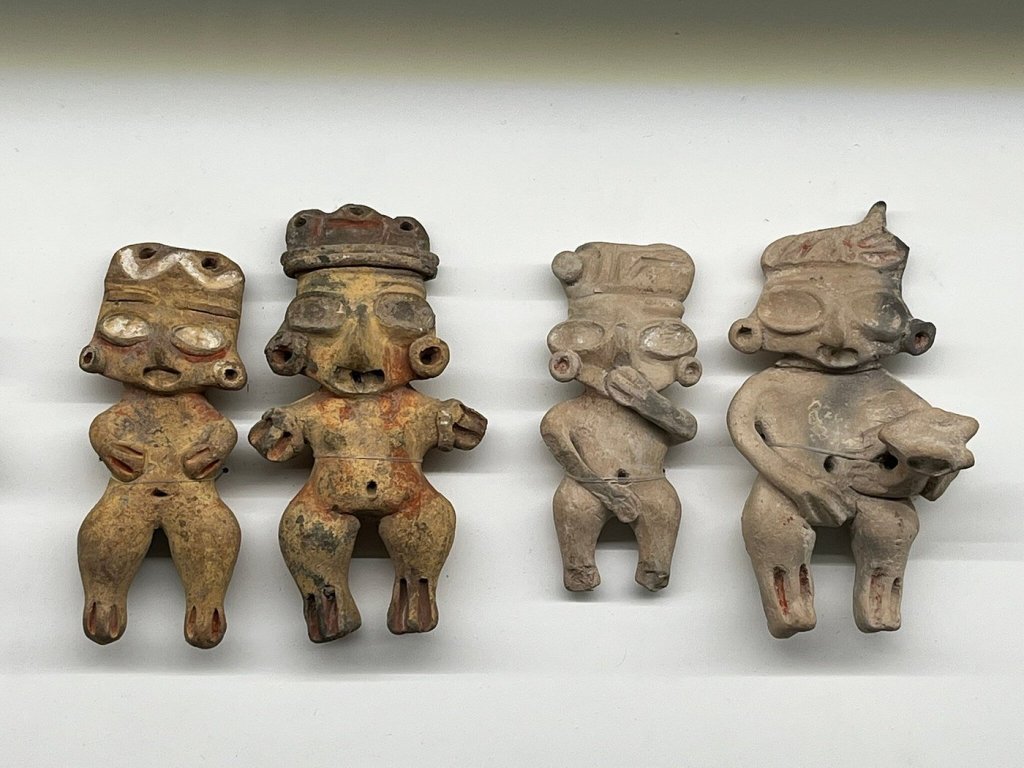
Created by artist Diego Rivera in Mexico City’s Tepetlapa neighborhood, this museum is the world’s premier collection of pre-Columbian artwork. Rivera’s goal was to create a museum that reflected Mexican culture, tradition, and identity—where he would ultimately store his extensive collection of pre-Columbian artifacts and pieces of art.
You can wander this iconic museum, built with organic, sloped angles and volcanic rock, and get an up-close look at Olmec, Toltec, Nahuatl, Zapotec, Teotihuacan, and other pieces. The difference is that you’re experiencing art and culture in a museum built by someone with a passion for their ancestry and cultural inheritance instead of a museum built by an academic or anthropological group, which is pretty unprecedented.
Ghibli Museum (Tokyo, Japan)
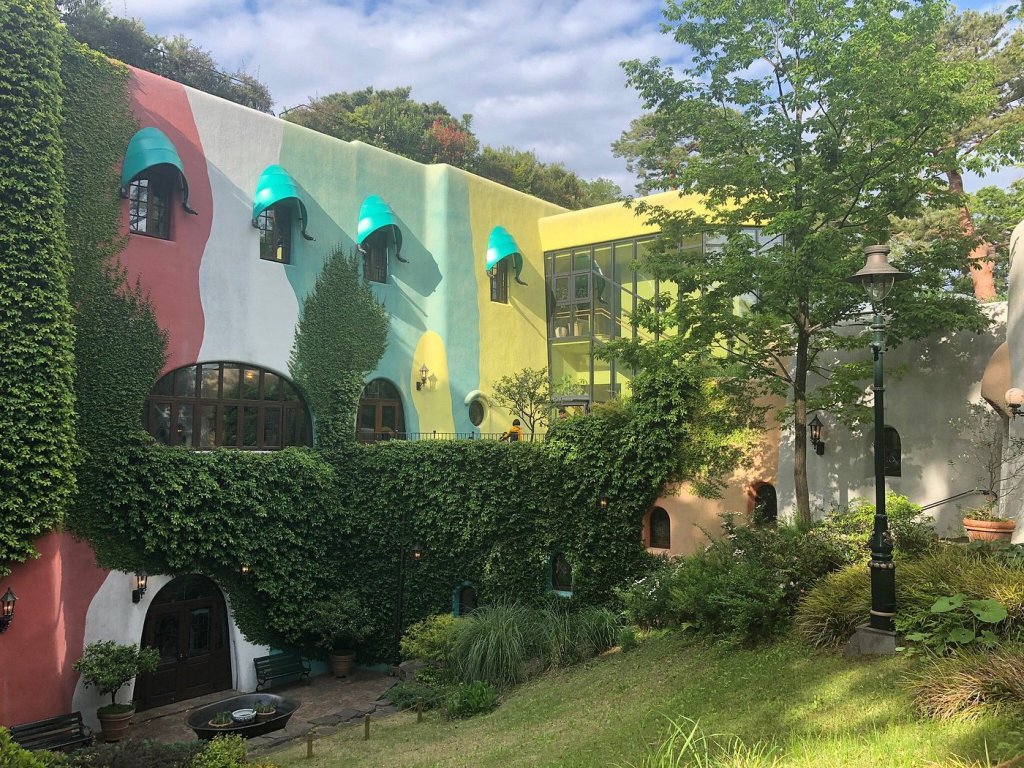
If you know about Japanese anime, then you know about Studio Ghibli, headed by illustrator and storyteller Hayao Miyazaki. Even if you don’t know about Japanese anime, you’ve likely seen some of Studio Ghibli’s most iconic characters, from Totoro to Kiki.
The museum, which explores the studio’s most famous projects, is considered one of the best in the world. In fact, tickets (which are sold a month in advance) usually sell out immediately. If you want to get your tickets, you probably need to work with an online service.
War Remnants Museum (Ho Chi Minh City, Vietnam)
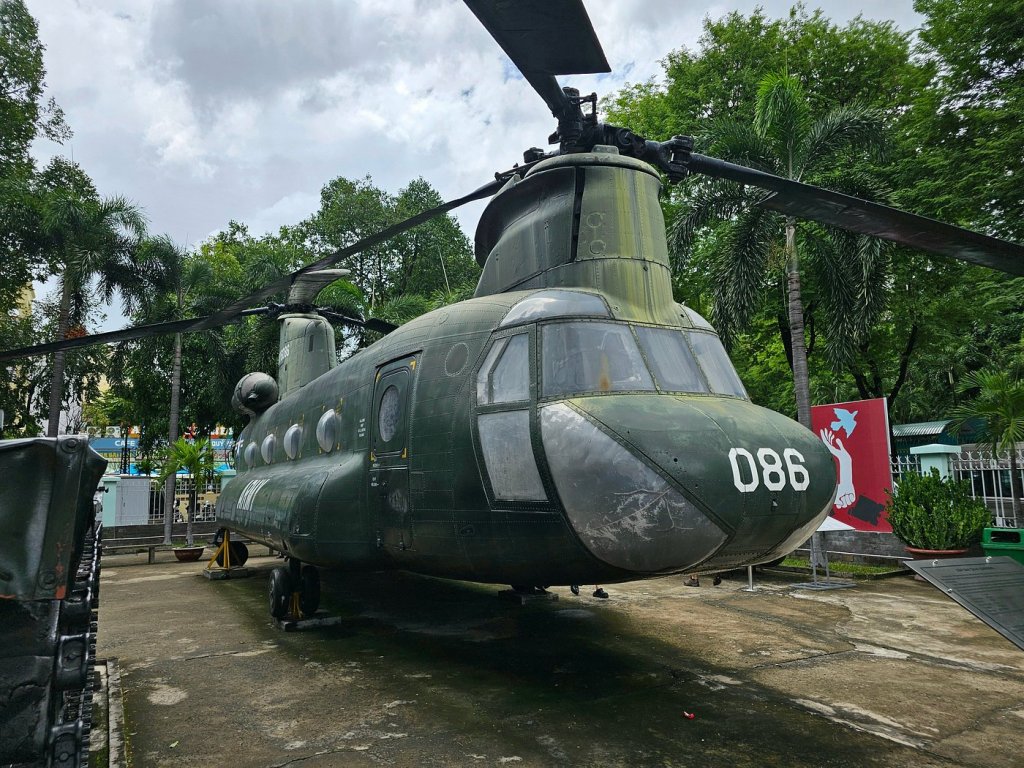
If you’ve visited Ho Chi Minh City, I’m sure you heard about the War Remnants Museum. Like the title suggests, it’s home to a range of exhibits that explore the Vietnam War, or, as it’s known in Vietnam, the American War or the Resistance War Against America.
That should clue you in to what’s in store; you’re going to learn a lot about the twenty-year conflict from the Vietnamese perspective. Let me paint an even better picture: Back when I visited in 2013, it was called the Museum of American War Crimes.
Salvador Dali Museum (Figueres, Spain)
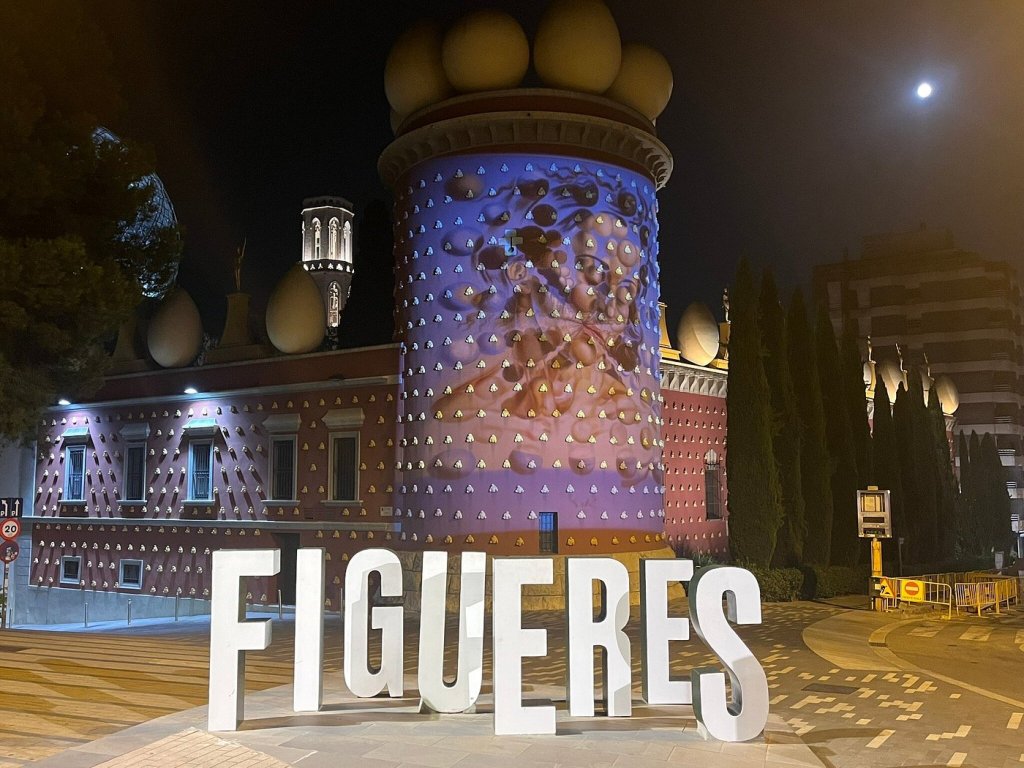
This insane project is housed in the former Figueres Theatre, located in the town where Salvador Dali grew up. The museum was designed by Dali himself and includes a broad range of projects, works, and ideas from his 85-year career. I have to be blunt—this museum felt a little bit like stepping into an 80s fever dream that Lady Gaga would have loved.
That being said, if you’re interested in contemporary art, and especially Dali’s take, you can’t miss out. The artist’s tomb was particularly sobering and inspiring, located in the basement of the museum.
Residenz München (Munich, Germany)
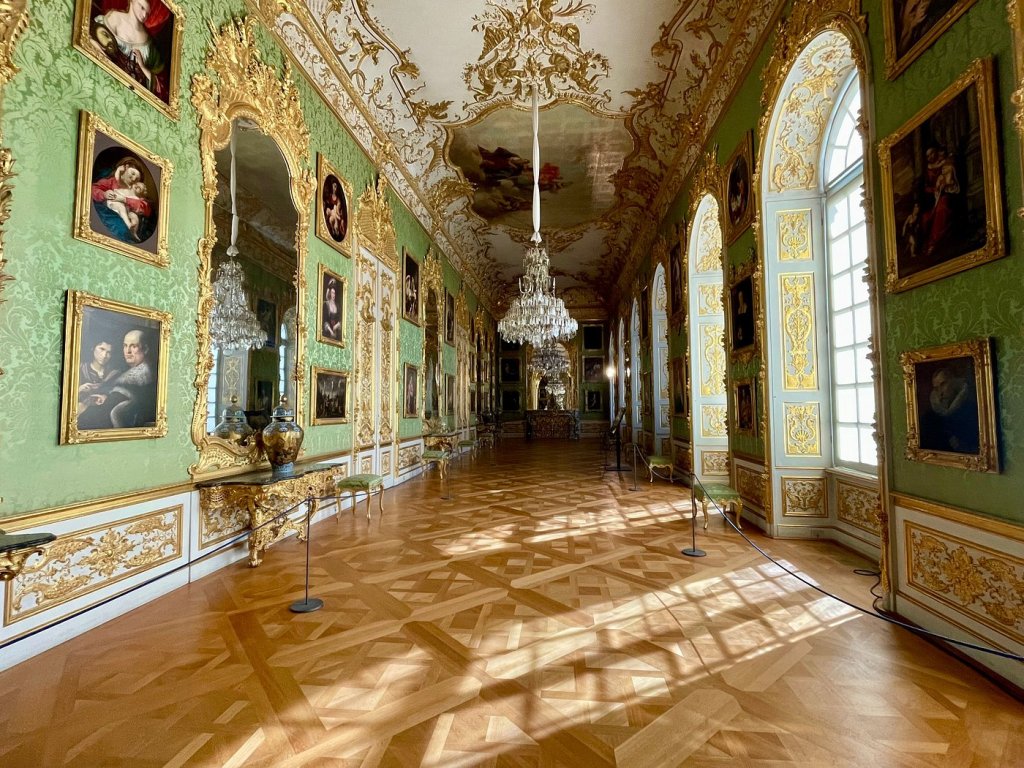
Featured in my recent piece on German Palaces, Residenz München is a former palace-turned-museum that lets you wander around a former royal residence. Your jaw is almost guaranteed to drop as you wander through the dozens of rooms and exhibits, which are laden with opulent designs, fabrics, jewels, and artworks.
Dennis Severs’ House (London, UK)
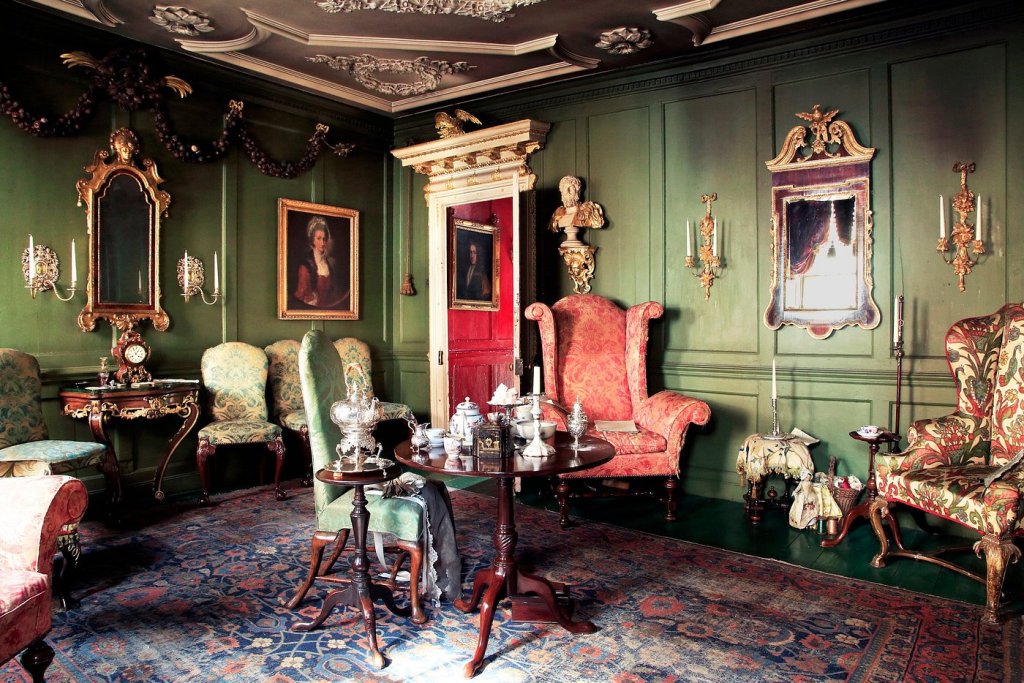
Though one of London’s lesser-known museums, Dennis Severs’ House is one of my favorite museum concepts ever. The museum was a passion project from Severs during his 20-year stint living at the house from 1979-99. During that time, he transformed the grounds into a series of rooms that would reflect the domestic life of a Huguenot family from the 1700s and 1800s.
Why? I don’t know. Ask Dennis. According to one of his close friends, the setup is more like a theatre set than a historic museum, almost like a ‘still life drama’.
Hong Kong Museum of History (Hong Kong)
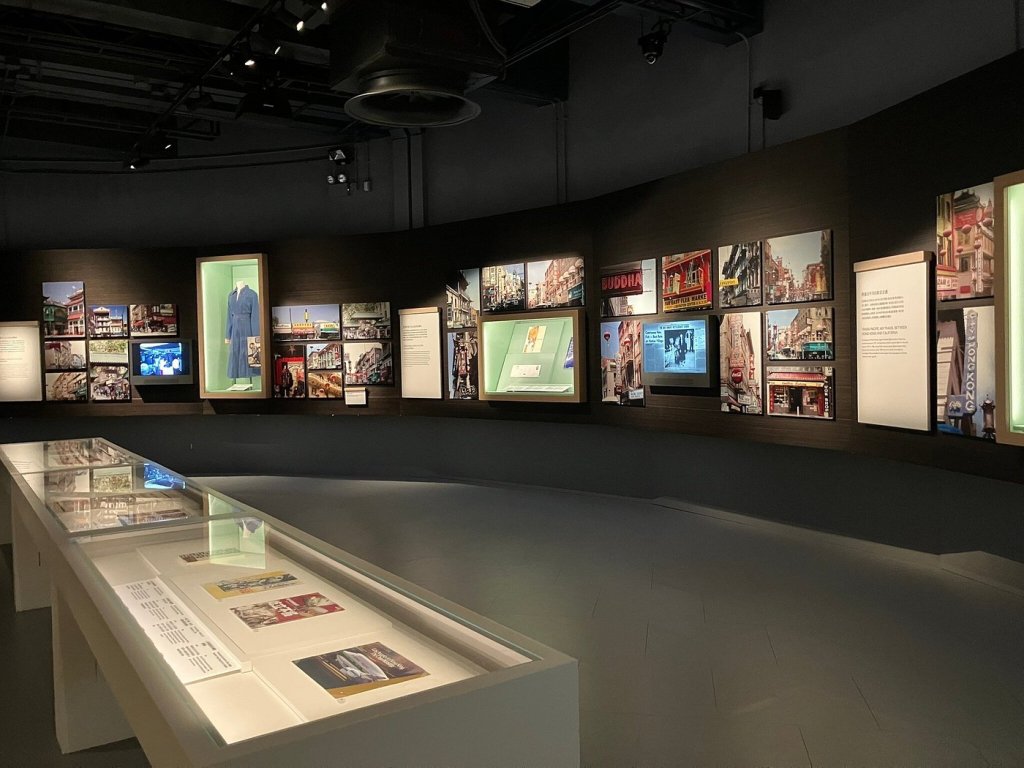
What makes the Hong Kong Museum of History so endlessly explorable? Well, Hong Kong has a fascinating history, one that involves a multitude of cultures and traditions. Second, Hong Kong is tiny, meaning those cultures have melded into something unique and distinct, from its approach to national security to space exploration. Third, it’s a top-notch and award-winning museum that’s free to the public.
I highly suggest planning a visit to this museum if you’re heading to Hong Kong. It will give you a very valuable crash course on the tiny island and its cultural history.
Zeitz MOCAA Museum (Cape Town, South Africa)
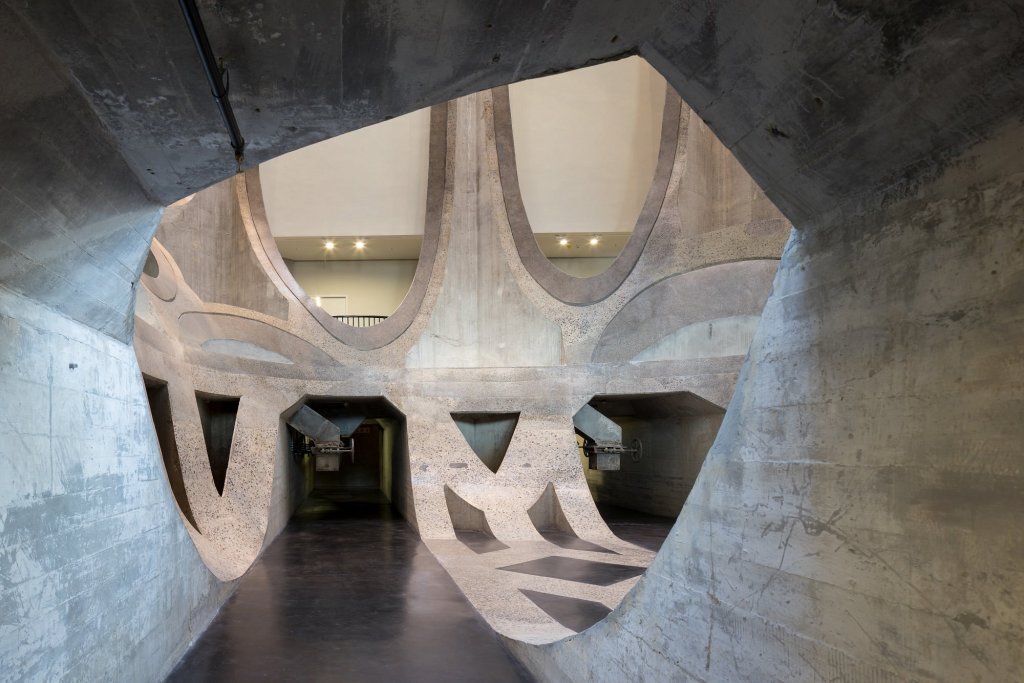
Considered one of the most important cultural institutions in Africa, this contemporary art museum showcases modern African exhibits and collections, along with pieces from the African diaspora. The museum is open to the public, offering tours, enrichment programs, and more.
For any fans of contemporary art who are heading to Cape Town, don’t miss out. In fact, if you’re a hardcore contemporary art fan, you might want to visit just to see this larger-than-life museum.
Tequendama House Museum (Soacha, Colombia)
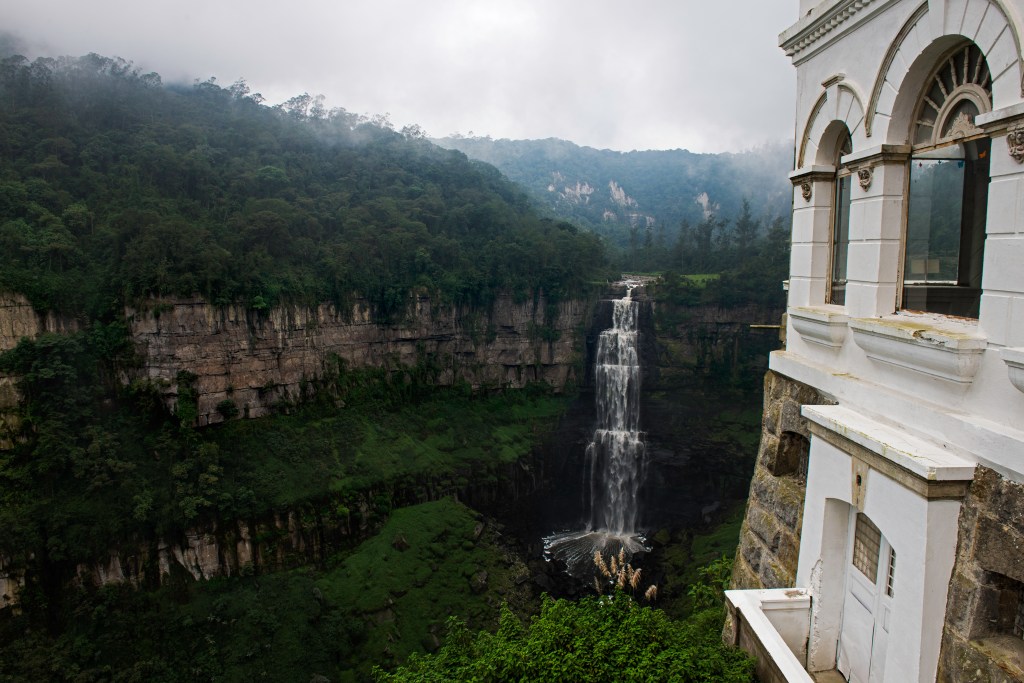
Located in a formerly abandoned train station overlooking one of the country’s grandest waterfalls, the Tequendama House Museum is like stepping into a Gabriel Garcia Marquez scene. The goal in preserving the abandoned train station is to reclaim the area for Colombia’s heritage, which includes plenty of exhibits on biodiversity, along with history.
Funds are funneled toward local preservation efforts, making this museum one of the most ethical in the group.
Museum of Old and New Art (MONA) (Berriedale, Australia)
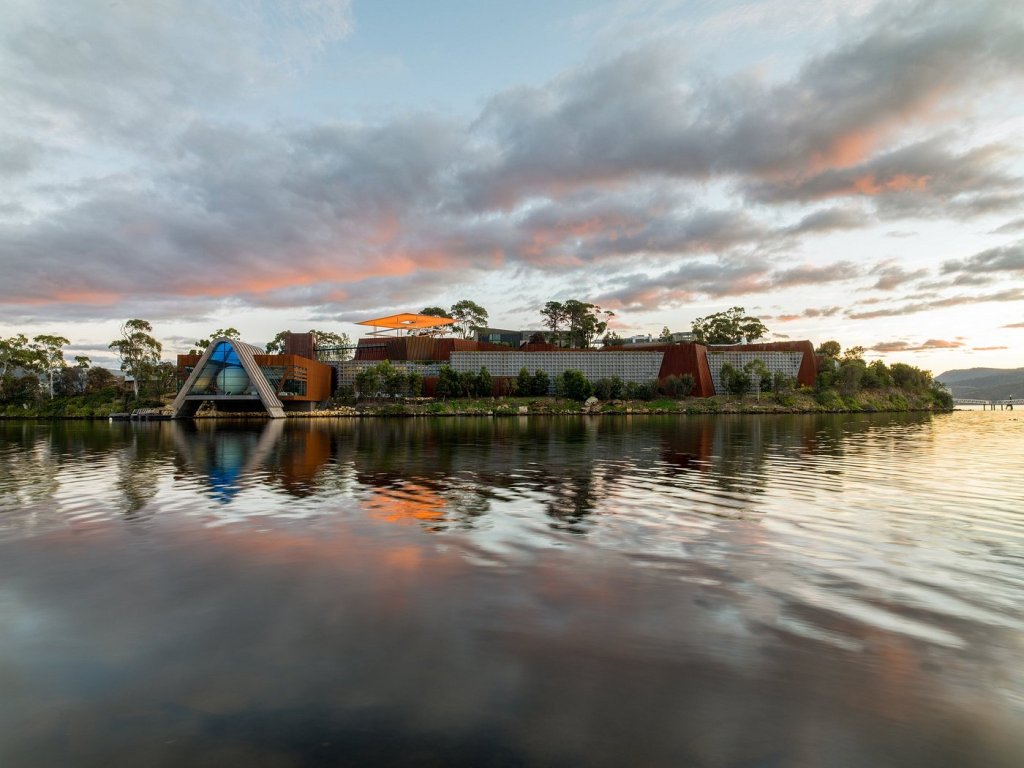
Welcome to one of the coolest museums in the world—and one of the most controversial, thanks to its hyper-experimental exhibits. That being said, this is one of the coolest museums in the world thanks to the fact that it doesn’t take itself too seriously.
It’s designed to be a hangout space where people can discuss art, debate it, and maybe even have a laugh. You can also grab a drink and a bite to eat. Just consider checking the list of exhibits before you visit; usually, this is a polarizing museum.
